
Herbs are savory and aromatic plants, grown for flavoring, fragrance, and medicine.
About as easygoing as can be, most herbs will thrive with very little intervention from the gardener. They require less water and fertilizer than many other garden plants, and are also generally pest-free.
Because herbs act as natural pest repellents for the garden, they make for excellent companions for flowers, fruits, and vegetables. Interplanting specific herbs with their companion counterparts will increase crop productivity, boost pollination, and provide a habitat for beneficial insects – all while maximizing the use of garden space.
Although many herbs perform best in six to eight hours of sunlight, some types can readily adapt to lower levels of light.
Tuck these herbs into shadier spots in the yard – planted against a fence or wall, beneath the umbrage of trees, in the shadow of towering plants, or in any nook, cranny or corner that receives anywhere between 3 to 6 hours of sunlight.
1. Bay Laurel (Laurus nobilis)
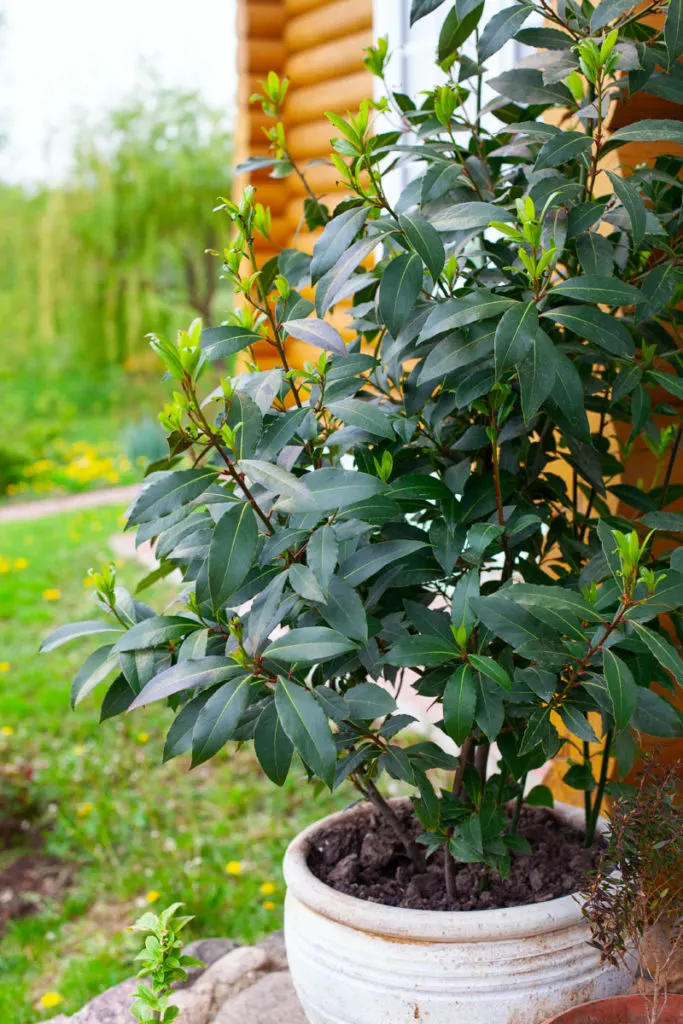
Bay laurel is a slow-growing evergreen shrub with a dense pyramidal habit. It can reach up to 30 feet in height when left unpruned.
Of course, you will want to harvest it often for its leathery, glossy, elliptical dark green leaves.
Toss bay leaves, fresh or dried, in long-simmering soups, stews, and sauces to add some sweetness. Just be sure to fish them out before serving.
Bay laurel can be grown in containers and placed in partially shaded locations around the yard.
Those living north of zone 8 can bring potted bay laurel plants to a bright spot indoors to overwinter.
Hardiness zone: 8 to 10
Sunlight exposure: Full sun to part shade
Companion plants: Blueberries and beans
2. Borage (Borago officinalis)
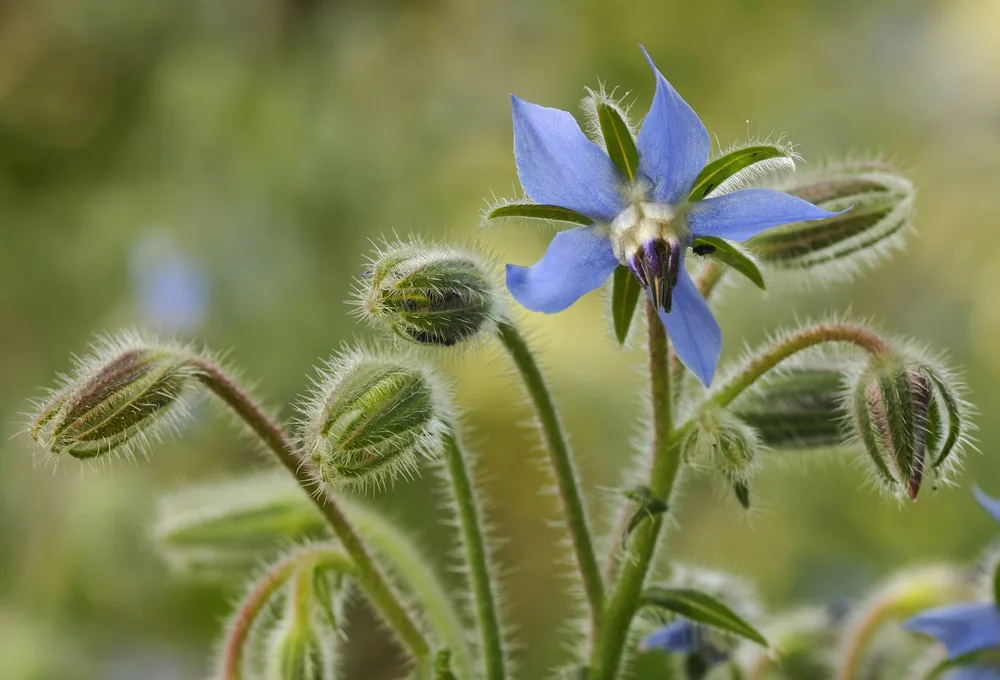
Borage is a striking herb, if only because it’s so odd looking.
Covered in a coat of bristly hairs, borage has an indeterminate habit that can appear a bit unkempt. The tops of the branched stems bloom with clusters of drooping star shaped flowers in blue, each with a pointy center.
Below the flowers, long dull green leaves along the stem are edible. Tasting and smelling of cucumber, tender borage leaves can be eaten raw or cooked like spinach.
Though borage is grown as an annual, it will reliably return year after year through self-seeding.
Related: 18 Plants That Self-Seed
Hardiness zone: 2 to 11
Sunlight exposure: Full sun to part shade
Companion plants: Brassicas, Cucurbits, legumes, tomatoes, strawberries, and fruit trees
3. Chamomile (Chamaemelum nobile)
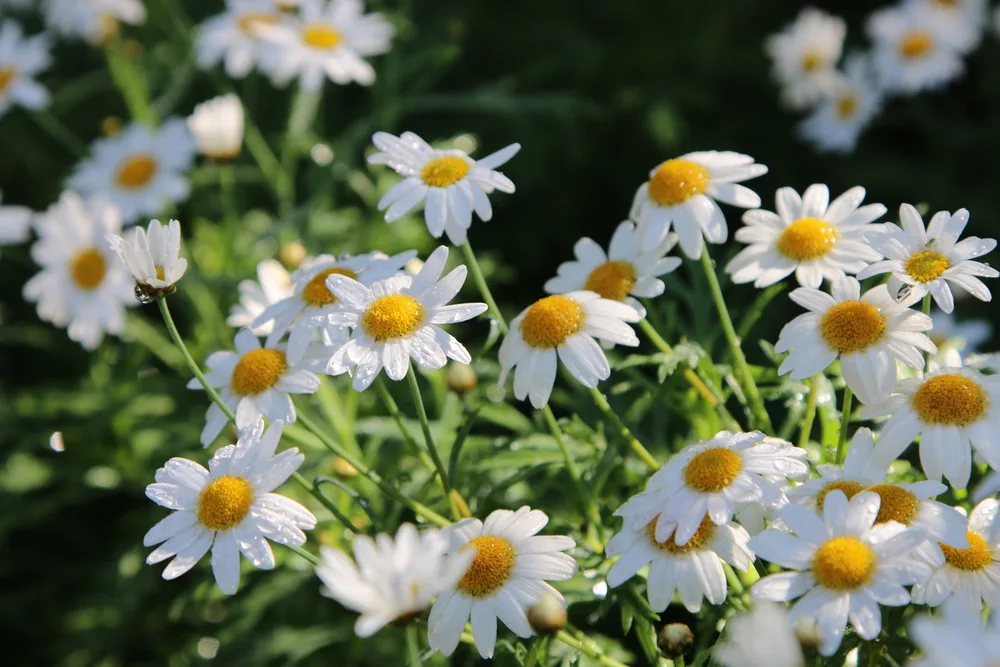
From early summer all the way to autumn, chamomile sends out masses of pretty, daisy-like flowers atop delicate soft-needled foliage. When bruised or crushed, the leaves emit a wonderful fruity scent.
It spreads in the garden by creeping stems that root along the surface, creating a ground-covering mat.
Chamomile plants prefer the coolness of the shade so it is perfect for bringing some cheer to gloomier areas of the landscape.
The flowers have been used since antiquity to brew up therapeutic teas. Chamomile tea has a calming effect, and is a natural treatment for anxiety, inflammation, and pain.
Hardiness zone: 4 to 9
Sunlight exposure: Full sun to part shade
Companion plants: Brassicas, cucumber, onion, and melon
4. Chives (Allium schoenoprasum)
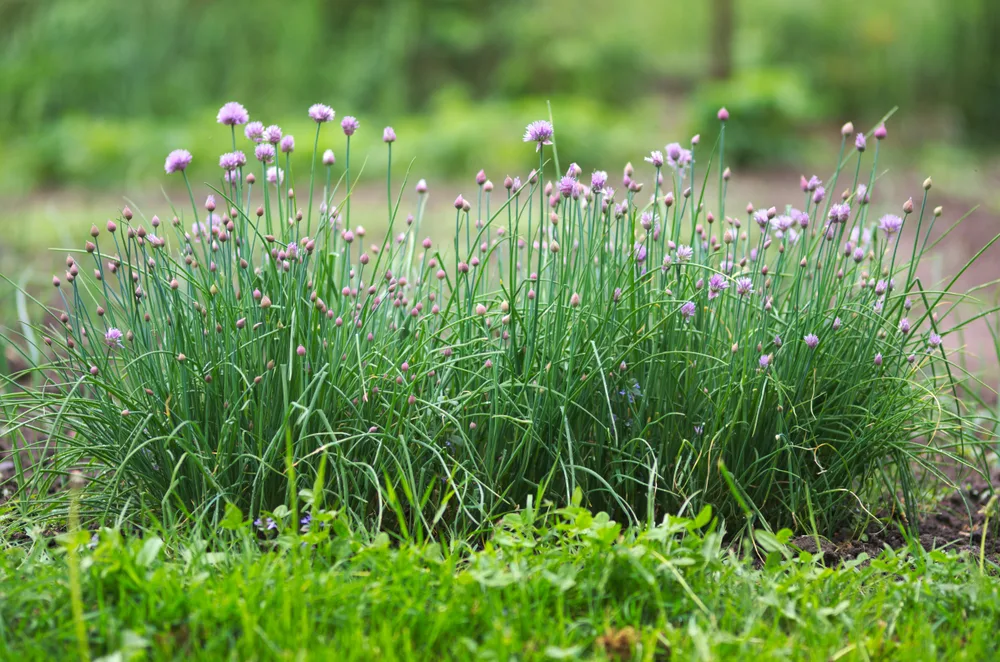
With so many good reasons to grow chives, yet another benefit is their adaptability to shadier garden spots.
Imparting a mild oniony taste to food, chives leaves grow in dense clumps about a foot high. The tubular and grassy shoots are quite ornamental too, and periodically send out rounded purple blooms.
Remove flowers to keep the harvest going, or leave a few on the plant to encourage visiting pollinators. Letting some of your chives finish blooming will allow them to self-seed and grow their numbers.
Hardiness zone: 4 to 8
Sunlight exposure: Full sun to part shade
Companion plants: Apples, Brassicas, carrots, grapes, tomatoes, and roses
5. Cilantro (Coriandrum sativum)
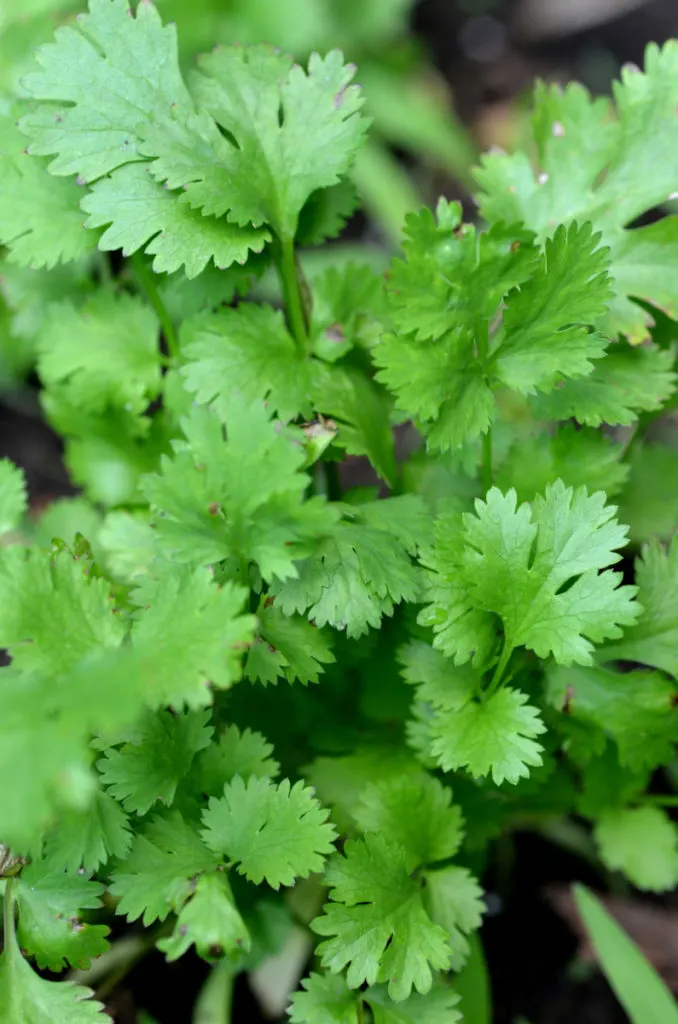
Cilantro is usually grown as an annual, with separate plantings in spring and fall.
Once the weather becomes hot and humid in mid-summer, cilantro will bolt and its tasty leaves will turn bitter.
Since cilantro grows best in cool and dry conditions, giving plants a bit of afternoon shade can help keep them productive a bit longer before they go to seed.
Allow cilantro to flower and you can collect its aromatic sweet-and-spicy seeds. Use coriander seeds to flavor meats, sauces, and desserts. Or sow them in the garden anew for the next crop.
Hardiness zone: 2 to 11
Sunlight exposure: Full sun to part shade
Companion plants: Spinach, lettuce, tomato, and cabbage
6. Comfrey (Symphytum officinale)
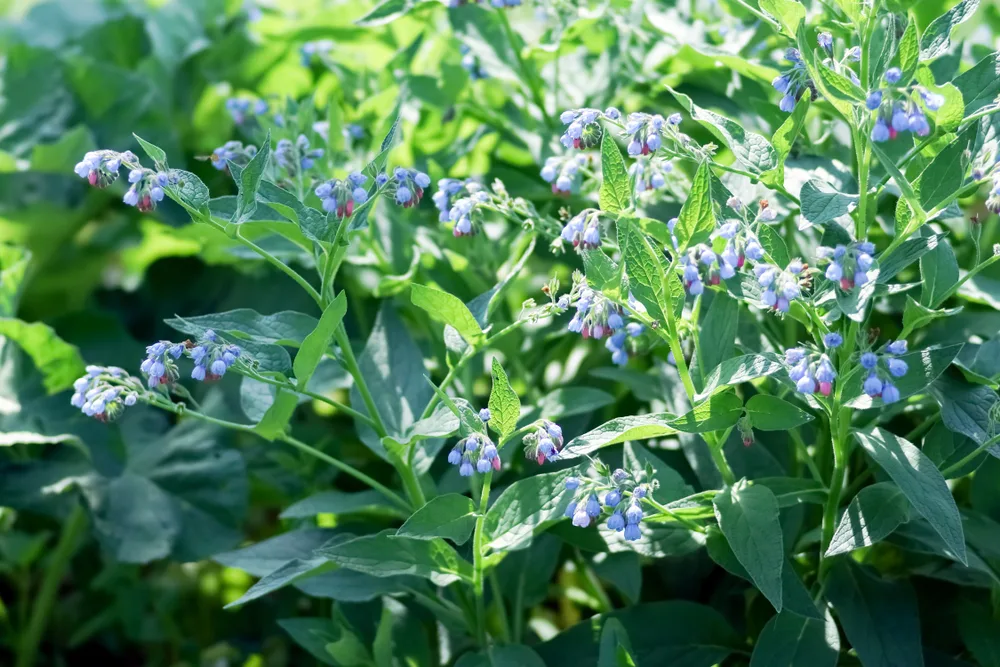
Comfrey is an attractive specimen that blooms with tubular flowers in pink to purple hues from mid-spring to early summer.
Each plant can mature to 3 feet tall and more than 2 feet wide, and can easily form vast ground covering colonies. Comfrey is a great option for naturalizing open but shady spaces in the yard.
Today comfrey is mainly cultivated for ornamental purposes, but it has a long history as a healing herb.
It has been used since 400 BC as a poultice for skin ailments such as inflammation, swelling, cuts, bruises, rashes, and sprains.
Hardiness zone: 4 to 8
Sunlight exposure: Full sun to part shade
Companion plants: Asparagus, apple, and other fruit trees
7. Lemon Balm (Melissa officinalis)
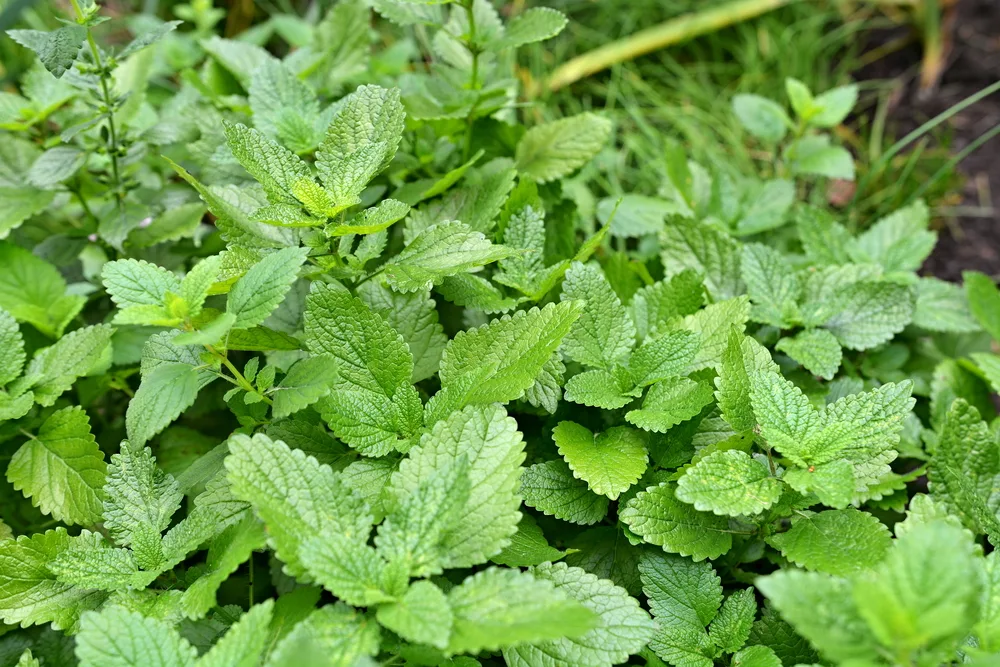
Filling the garden with a sweet citrusy fragrance, lemon balm is a highly prized herb with plenty of uses for its aromatic (and tasty) leaves.
Lemon balm is a bushy herb that grows to around 2 feet in height. It produces an abundance of oval leaves that are wrinkled and serrate, imbued with a lemony scent.
Self-propagating via roots and seeds, it can be grown as a ground cover to suppress weeds under bushes and other darkened spots.
Throughout summer lemon balm bears tiny two-lipped white flowers in leaf axils. As inconspicuous as they are to us, honeybees absolutely adore lemon balm blooms.
Hardiness zone: 3 to 7
Sunlight exposure: Full sun to part shade
Companion plants: Lavender, Brassicas, and fruit trees
8. Lovage (Levisticum officinale)
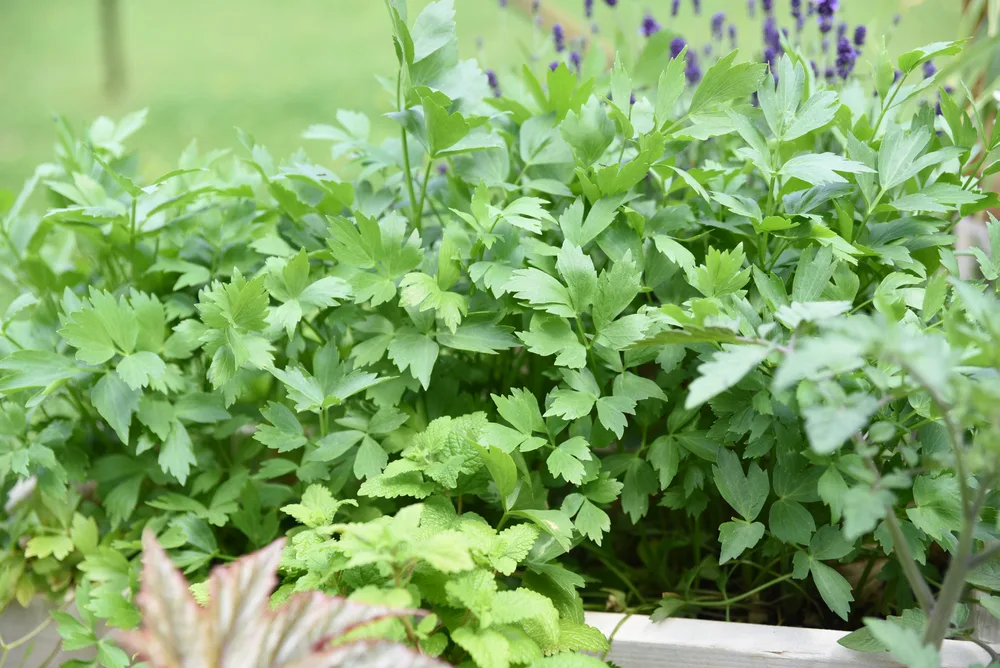
Lovage is a tall and bushy herb that can reach six feet in height each season. And since all parts of the lovage plant are edible – leaves, stems, seeds, and roots – lovage harvests are always generous.
Easy on the eyes too, lovage sends out large, deeply divided green leaves that resemble flattened parsley. In late spring, it blooms with small umbels of tiny yellowish flowers that provide an early source of food for beneficial insects.
Tasting of a pleasing medley of celery and parsley, lovage is delectable in soups, sauces, salads, and casseroles.
Hardiness zone: 4 to 8
Sunlight exposure: Full sun to part shade
Companion plants: Beans, potatoes, tubers, and root vegetables
9. Mint (Mentha spp.)
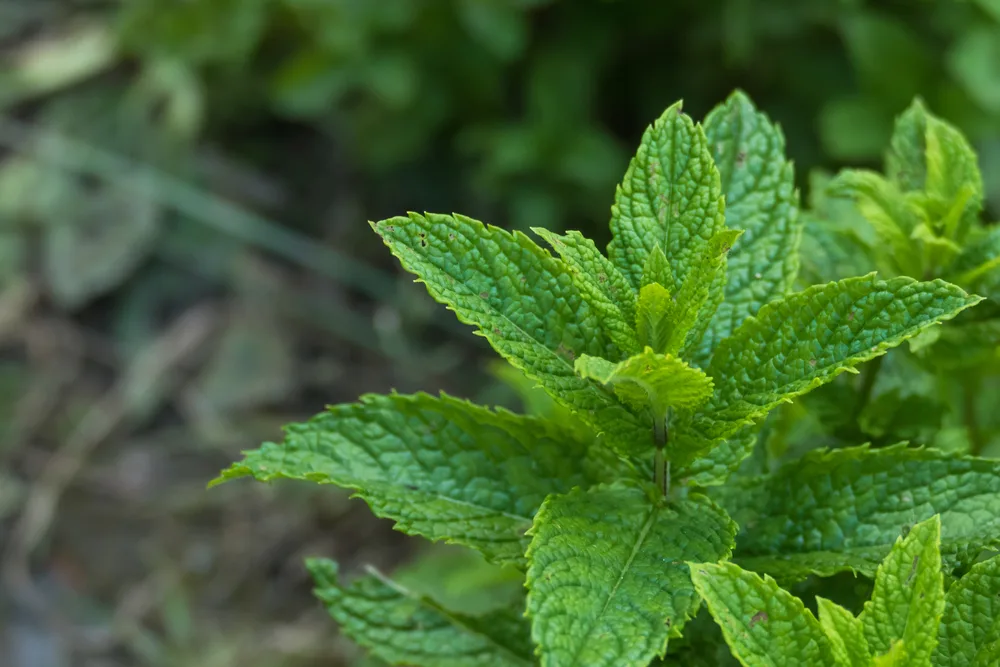
Adding a cool and icy mouthfeel to food and drink, mint is a versatile herb with numerous applications in the kitchen and garden.
Mint is also super easy to grow and is just as happy in sun as in shade. Keep the soil moist and mint will grow vigorously and provide continuous harvests.
If you’re worried about mint’s ability to spread, simply keep plants confined to pots and remove flowers as soon as they appear.
Hardiness zone: 5 to 9
Sunlight exposure: Full sun to part shade
Companion plants: Alliums, Brassicas, beets, peas, tomatoes, and lettuce
10. Parsley (Petroselinum crispum)
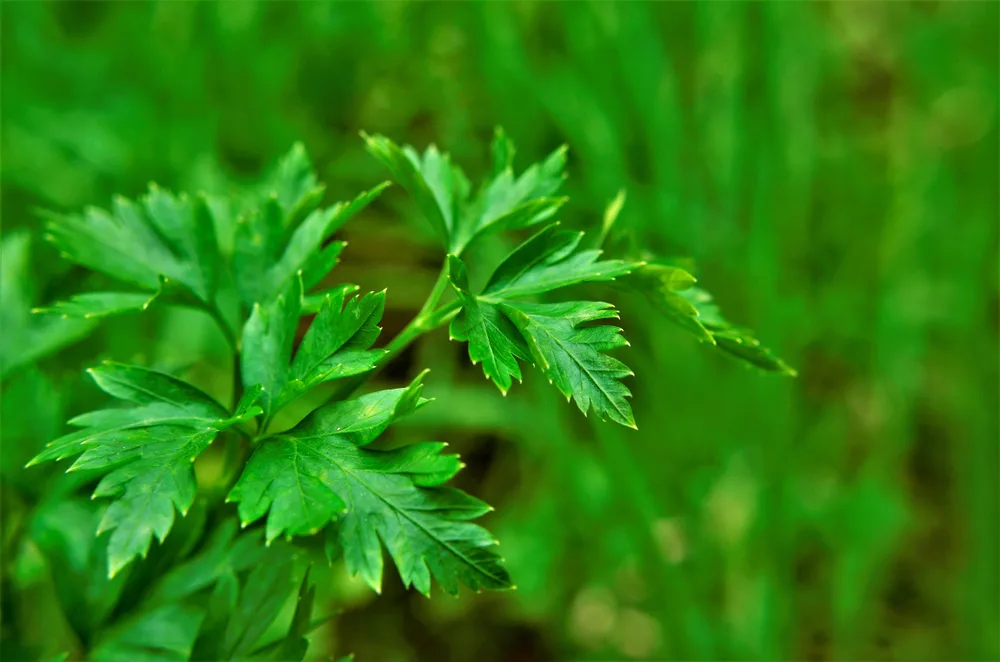
With a flavor best described as “fresh”, parsley leaves can elevate the flavor profile of practically any savory dish.
Parsley is a clump forming herb with tops composed of finely divided green leaflets. The handsome leaves may be flat or curly, depending on the variety.
Parsley is a biennial herb that flowers in its second season. Though it’s often grown as an annual, allowing it to bloom will ensure you have many future harvests.
It’s also a good choice for butterfly gardens, since parsley is the favored host plant for the black swallowtail butterfly.
Hardiness zone: 5 to 9
Sunlight exposure: Full sun to part shade
Companion plants: Corn, tomatoes, carrots, asparagus, apple, and roses
11. Sweet Cicely (Myrrhis odorata)
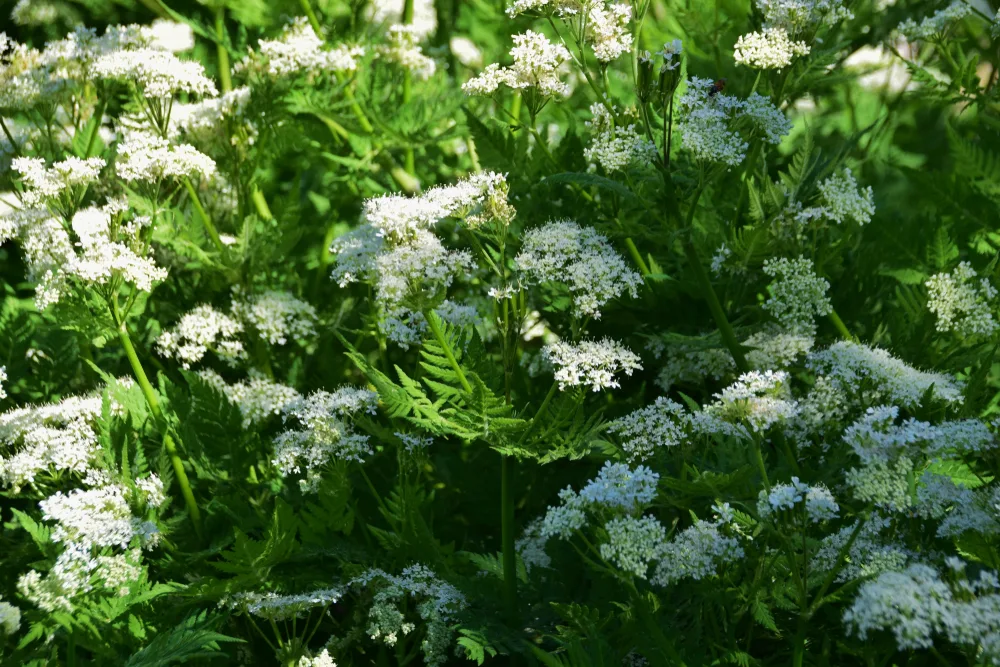
Sweet cicely – or sweet chervil or myrrh – is a graceful herb with feathery, fern-like leaves. It has a bushy and clump-forming habit, and can reach 2 to 4 feet in height. In early spring, umbels of tiny white flowers arise above the foliage.
All parts of sweet cicely are edible. The leaves are a natural sweetener, with the taste and aroma of licorice. It has a long taproot that can be boiled and eaten like parsnips. Collected seeds can be added to ice cream, pies, and other desserts.
Sweet cicely is one of the few herbs that requires very little sunlight. Plant it in deeply shaded areas beneath the branches of conifer trees or along a shadowy northern wall.
Hardiness zone: 5 to 9
Sunlight exposure: Part shade to full shade
12. Wild Bergamot (Monarda fistulosa)
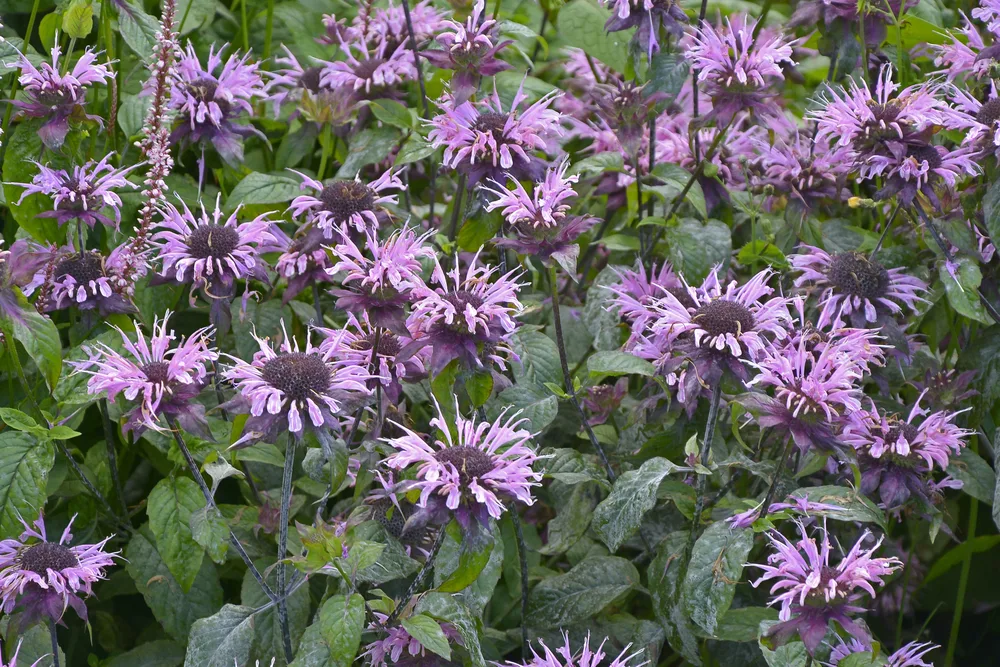
Also known as bee balm, wild bergamot is a North American native plant. As its name suggests, it is a terrific source of nectar for bees and butterflies.
Wild bergamot is undemanding and grows just as splendidly in poor and dry soils under part shade.
In flower from July to September, it produces interesting display of spiky blooms in pink to lavender tones. The flowers and foliage have a sweet and citrusy fragrance.
The leaves of wild bergamot were historically used by Native Americans to make flavorful teas and to treat the symptoms of cold and flu.
Hardiness zone: 3 to 9
Sunlight exposure: Full sun to part shade

Get the famous Rural Sprout newsletter delivered to your inbox.
Including Sunday musings from our editor, Tracey, as well as “What’s Up Wednesday” our roundup of what’s in season and new article updates and alerts.

